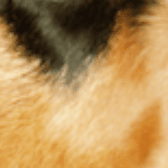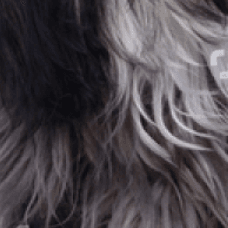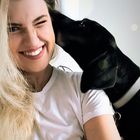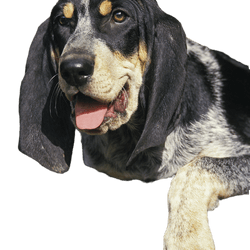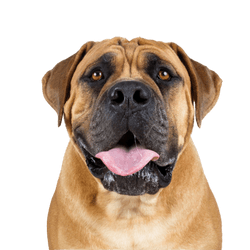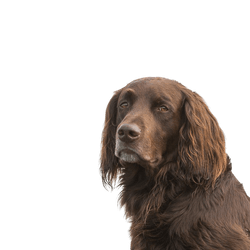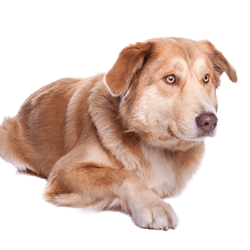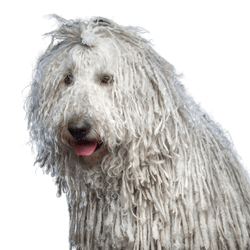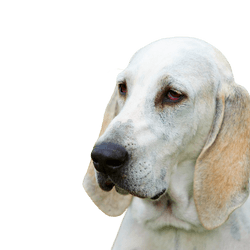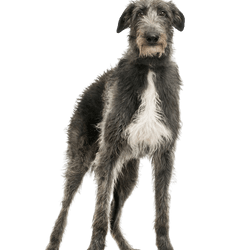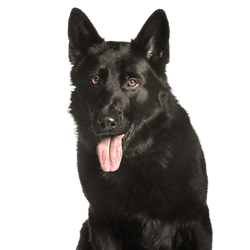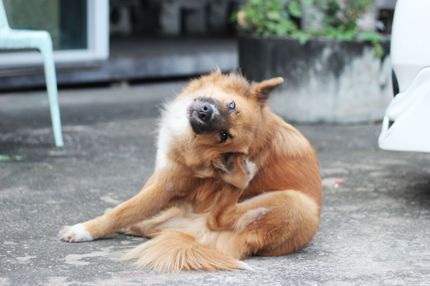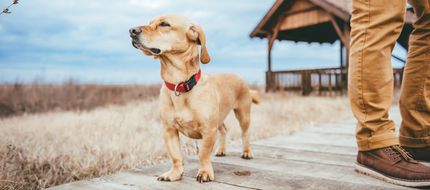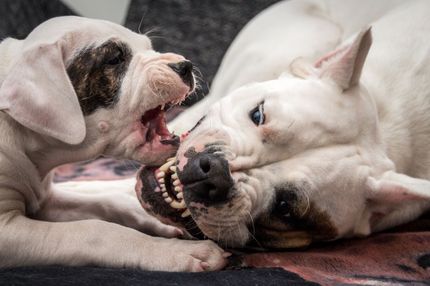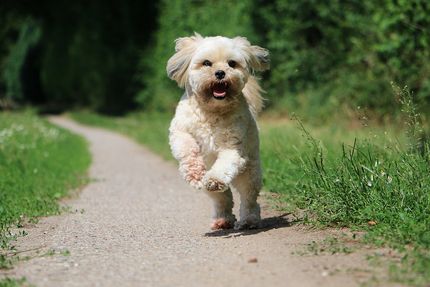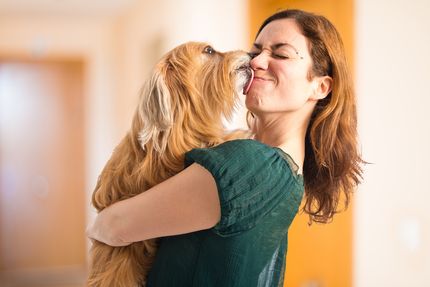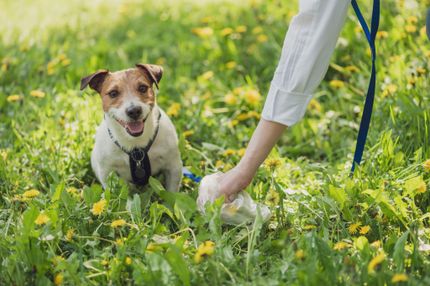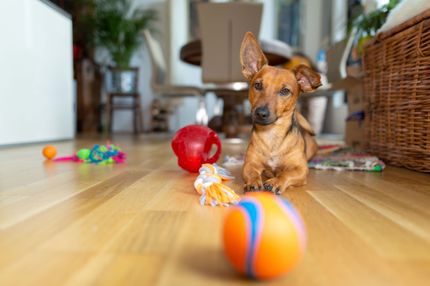Facts & Origin
History and origin of the Eurasier
The inspiration for the Eurasier can be traced back to studies conducted by the famous Austrian zoologist Konrad Lorenz, using a Chow Chowshepherd mix named "Stasi". Inspired by this research, Julius Wipfel from Weinheim, the official founder of the breed, decided to breed his own breed together with other lovers of Nordic dogs. The breeding goal was a family-friendly and friendly animal that was similar in appearance to a polar dog.
Around 1960, he mated Wolfsspitz females with Chow Chow males, which resulted in the "Wolf Chow", later further mixing with the Samoyed took place, which resulted in the breed being renamed "Eurasier". In 1973, the breed was finally recognized by the International Canine Federation (FCI).
Suitability and attitude
The Eurasier is a typical companion dog, which can also be used for sportive hobby activities. He is also suitable for families and sometimes even as a beginner dog.
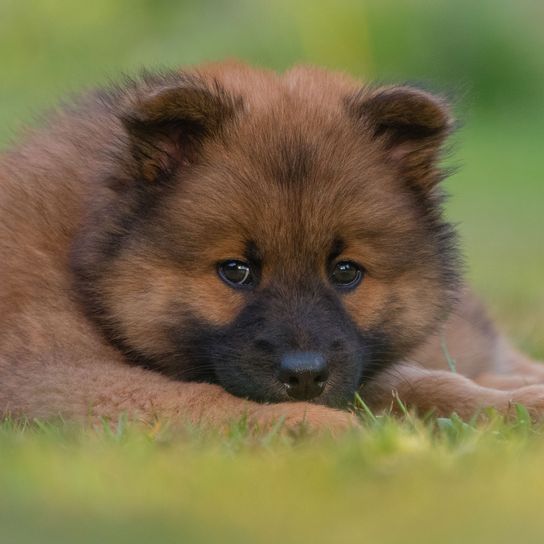
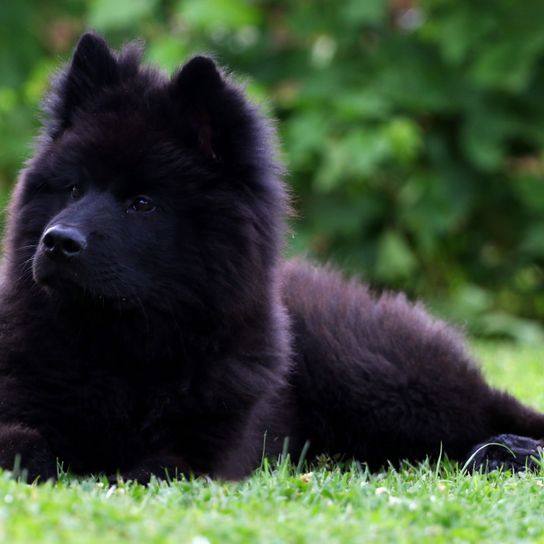

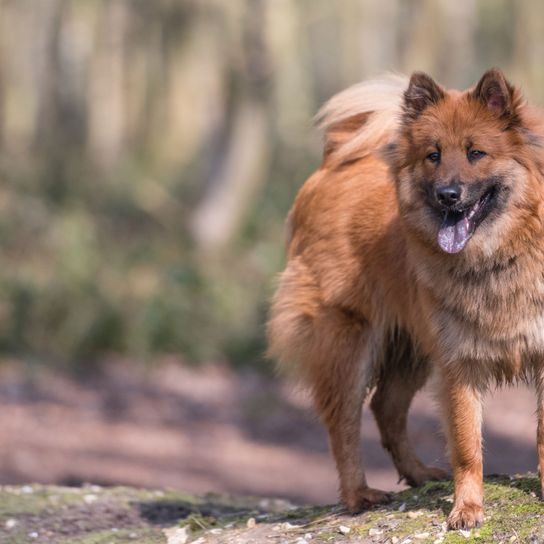
| Alternate Name | - |
| Origin | Germany |
| Life expectancy | 13 - 15 years |
| Care requirements | high-maintenance |
| Activity level | average |
| FCI group | Asian Spitz and related breeds |
| AKC group | non-sporting group |
| KC group | not recognised |
Attitude, character and temperament of the breed
Typical character traits of the Eurasier
The self-confident Eurasier always radiates calmness and combines the positive characteristics of his ancestors: From the Chow-Chow he has inherited the calmness towards strangers, from the Wolfsspitz the quiet attentiveness and from the Samoyed the family closeness. Since a Eurasier bonds closely to his owners, he often feels uncomfortable with strangers; it would be good if you could take him with you on vacation. This is also because he was bred to be an optimal companion dog: He is not suitable for kennel-keeping or heavy training for disciplines such as sled-pulling.
The Eurasier loves to spend time with his family all the time. He is friendly and a loyal and patient playmate for children. Since he makes few demands on his attitude, he is also an affectionate companion for seniors. He adapts to your lifestyle without any problems; he feels comfortable in an apartment as well as in a house in the country - provided he is offered daily exercise. He does not need to be exercised, he will simply accompany you on leisurely walks. His hunting instinct can be controlled well, so the Eurasier may also - where allowed and with good recall - run without a leash.
To fully develop these traits, the Eurasier needs constant, close domestic contact with his family and an understanding, but consistent upbringing.
Character
Usage
Typical breed diseases of the Eurasier
Comparatively, the Eurasier is robust and rarely develops hereditary diseases. Some health problems, however, which are also found in many other dog breeds, are:
- Hip and knee joint dysplasia.
- Thyroid problems
It is important to note, however, that the Eurasier has a genomic inbreeding index (COI) of just under 20%, detectable by DNA testing, which can lead to a variety of problems.
Life expectancy & health maintenance
The Eurasier usually reaches an age between 12-15 years.
To keep a dog healthy for as long as possible, it is necessary that you pay careful attention to the diet and adjust it according to his age & activity level. In addition, regular check-ups as well as grooming (claws, eyes, brushing) and preventive check-ups every now and then are part of the mandatory program.
Breeding and buying a Eurasier
Especially in the early days of Eurasier breeding, inbreeding occurred regularly; meanwhile, efforts are made to work against it. This means, however, that you have to keep a good eye on the pedigree of the puppy of your choice at the breeder, as well as of the parents.
If you would like to buy a puppy, the Eurasier Club Austria, for example, always publishes litter announcements. With a serious breeder, you should expect a price between 1.300-2.000€.

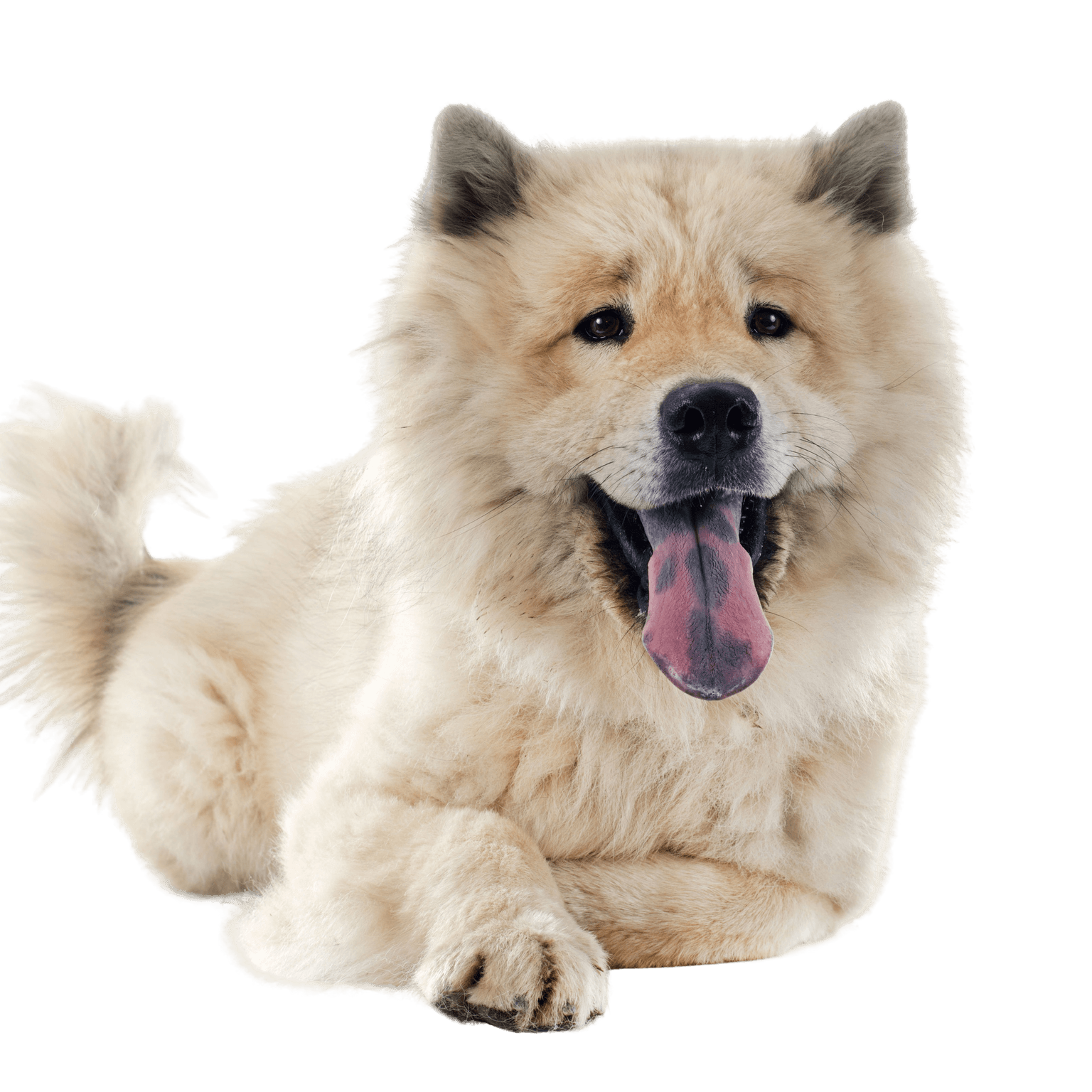
Breed characteristics of the Eurasier
The Eurasier is classified by the FCI as Group 5 (Spitz and primitive type dogs), Section 5 (Asian Spitz and related breeds). The breed standard does not require a working test.
Eurasier males usually reach a height of about 52-60cm and a weight of 22-30kg. Bitches are slightly more petite at 48-56cm and 18-26kg.
This breed shows ground-covering and harmonious with powerful thrust and good front and rear stride, which is usually straight - however, as the speed of running increases, they step more narrowly. During movement the back remains firm and in good balance.
The head
The harmonious skull, not too broad, parallel to the bridge of the nose, and wedge-shaped when viewed from above and from the side, has a flat forehead with a well defined frontal furrow and a pronounced occipital spine. The stop, on the other hand, is said to be less pronounced.
The muzzle
Eurasiers have a muzzle that is neither too coarse nor too pointed, tapering forward to the black nose leather. A breed specimen should have a straight nasal bridge and straight lower jaw branches and possess tight, black lip margins.
The jaw is strong and consists of a broad mandibular arch. Dental occlusion may be either scissor or pincer bite; that is, the upper incisors either closely overlap the lower incisors or engage one another. The premolars and molars should be in line without gaps and the teeth should be vertical in the jaw. The jaws of the Eurasier are only slightly accentuated.
The eyes & ears
This breed of dog has dark, not too deep-set or bulging eyes with slightly slanted palpebral fissures, the edges of which are pigmented black and tight fitting. The prick ears are set about one ear base width apart and are triangular with slightly rounded tips. The tips of the ears and the center of the frontal heel form an almost equilateral triangle.
The body
The neck should be in harmony with the overall appearance and well muscled with tightly fitting throatlatch. There is a smooth transition to the body. The upper profile line is strong but not too short and leads over a pronounced withers to a firm and straight, very well muscled back and equally well muscled loins. The croup should be almost straight, broad and strong.
The chest of the Eurasier reaches to the elbows and there is a well-developed forechest, but it should not appear emphasized. The long sternum reaches far back and the rib curvature has an oval shape. The lower profile line shows a slight tuck-up in the belly area, and the flanks are also slightly tucked in.
The tail
The round, firm Eurasier tail starts high and is of good thickness, but tapers towards the end. It reaches to the hocks and should be bushy haired and carried lying down, forward over the back or slightly bent sideways or curled.
The limbs
The well-muscled upper and lower arms of this breed of dog are almost of equal length, as are the upper and lower legs.
The shoulder blade and pelvis are somewhat oblique and the elbow does not stick out. The strong front pastern should be perfectly straight when viewed from the front but slightly forward when viewed from the side. The knee should be stable and have an angle that is not too open. The hock is not set too low and neither directed in nor out, but stable and not pushing through to the front. The rear pastern is described in the breed standard as "good length and width" and is set vertically when viewed from the side.
Both the front and hind feet are oval in shape with closely knit, moderately arched toes and firm, well cushioned, black pads. The strong claws are also darkly pigmented. A dense coat between the pads is also desired.
The coat
The Eurasier's coat is tight and pigmented and is covered all over the body by dense undercoat and medium length, loosely lying top coat. It is short haired on the muzzle, face, ears and front of the legs, but longer haired on the tail, back of the front legs (flags) and hind legs (pants). The top coat on the neck may be only moderately longer than on the body and should not form a mane.
All colors and color combinations are permitted, except pure white or pied.
| Fur length | long |
| Fur | flat coated |
| Ear shape | Standing Ears |
| Tail | fanned out |
| Anatomy | rugged, square |
| Size ♀ | 48 - 56 cm |
| Weight ♀ | 23 - 32 kg |
| Size ♂ | 52 - 60 cm |
| Weight ♂ | 18 - 26 kg |
| Suitable For | Children |
Colors
Known Diseases
Hip dysplasia (HD)
Hip dysplasia (HD) is a genetic condition in dogs where the hip joint is not shaped properly. This leads to pain, stiffness and restricted movement.
FAQ
-
Only conditionally. Even though he was bred as an affable family dog, the Eurasier is not the typical beginner dog breed.
-
A Eurasier needs average exercise.
-
A Eurasier costs about 1400 euros.
-
Partly. Eurasiers tend to ignore commands sometimes. Therefore, consistency is required.
-
A Eurasier is a breed of dog created from a cross between a European and an Asian dog (usually Akita Inu or Shiba Inu).
-
A Eurasier can vary in size and weight, but is generally a medium to large dog with a short to medium length coat. The appearance of a Eurasier depends on the genetic contributions of both parent breeds.
-
Eurasiers were first bred in Germany in the 1950s. The idea behind the crossbreeding was to create an intelligent and adaptable dog, suitable both as a family dog and as a guard dog.
-
Yes.
-
Konrad Lorenz had a Chow Chow shepherd mix named Stasi. It is considered the basis for the Eurasier breed.
-
Eurasiers are usually affectionate, friendly, confident and intelligent. They are also balanced and calm, which makes them good family dogs. In addition, they are alert and vigilant, which makes them good watchdogs.
-
Eurasiers are known for their affection and friendliness, which makes them ideal family dogs. They are also intelligent and capable of learning, which makes them good training partners. In addition, they are alert and vigilant, which makes them good watchdogs.



